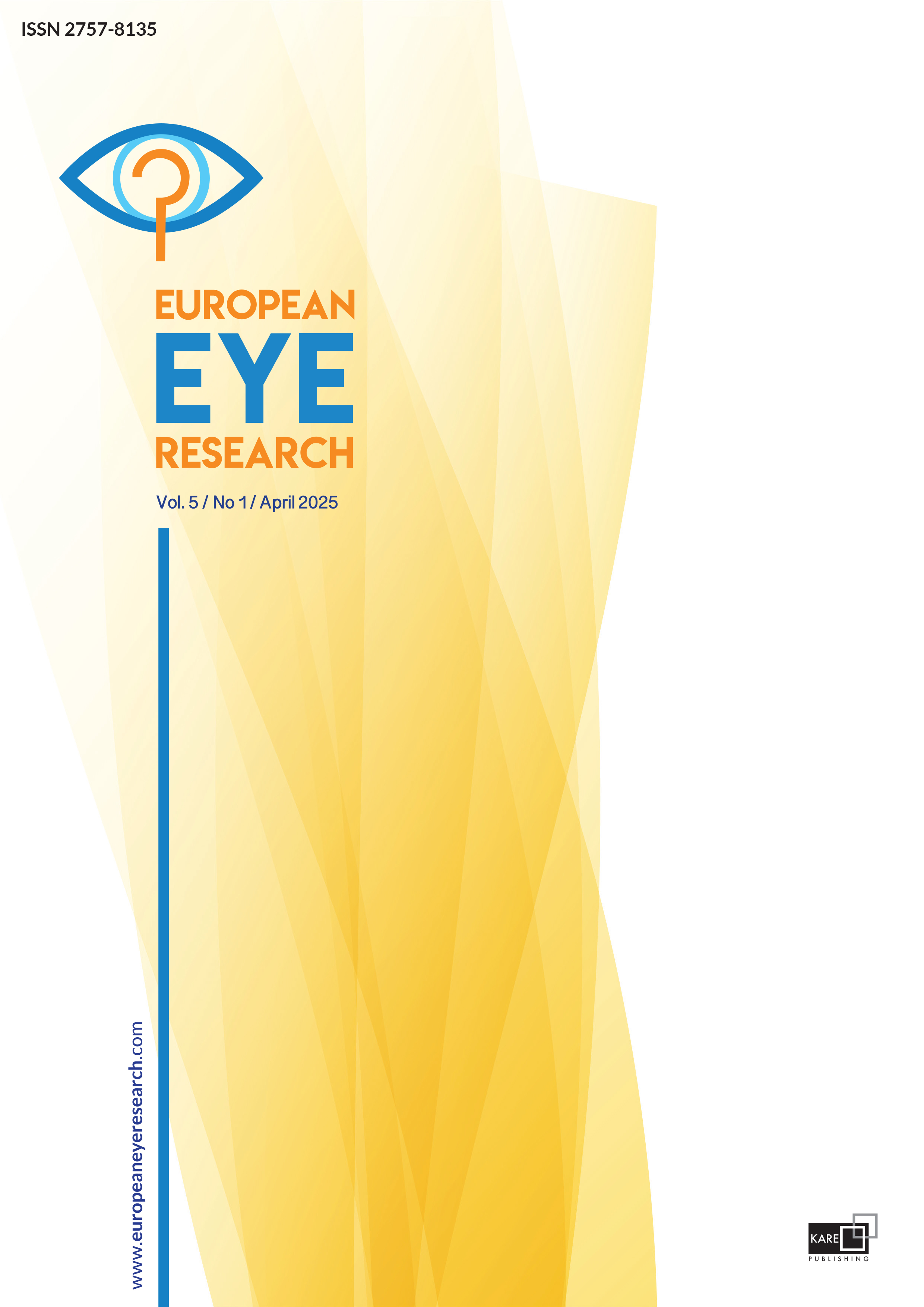

Analysis of tear osmolarity, stability and production in systemic sclerosis
Huseyin Mayali, Mustafa Erdogan, Muhammed Altinisik, Emin Kurt, Suleyman Sami IlkerDepartment of Opthalmology, Celal Bayar University Faculty of Medicine, Manisa, TurkeyPURPOSE: To analyze tear film characteristics using objective tests in patients with scleroderma or systemic sclerosis (SSc), a rare condition for which there is limited literature data.
METHODS: This cross-sectional study included 31 SSc patients and a group of age- and sex-matched controls. Tear quantity, stability, and osmolarity were assessed in both groups with Schirmer I test (S1T), fluorescein tear film break-up time (TBUT), and the TearLab Osmolarity System, respectively.
RESULTS: There was no significant difference in age or sex between the groups. The median disease duration was 6 (0.83–30) years. Compared to the control group, the SSc patient group showed significantly higher mean tear osmolarity (307.84±5.86 mOsm/L vs. 294.87±8.55 mOsm/L) and lower TBUT (5.68±2.07 s vs. 10.06±1.20 s) and S1T (4.55±2.26 mm/5 min vs. 10.06 ± 1.20 mm/5 min) values (p<0.001 for all). Age and disease duration were not significantly correlated with the results of objective dry eye tests in SSc patients, and there were no significant correlations among the test parameters (p>0.05 for all).
CONCLUSION: Tear characteristics are affected in SSc, with patients demonstrating decreased tear production, shorter TBUT, and tear hyperosmolarity.
Manuscript Language: English



